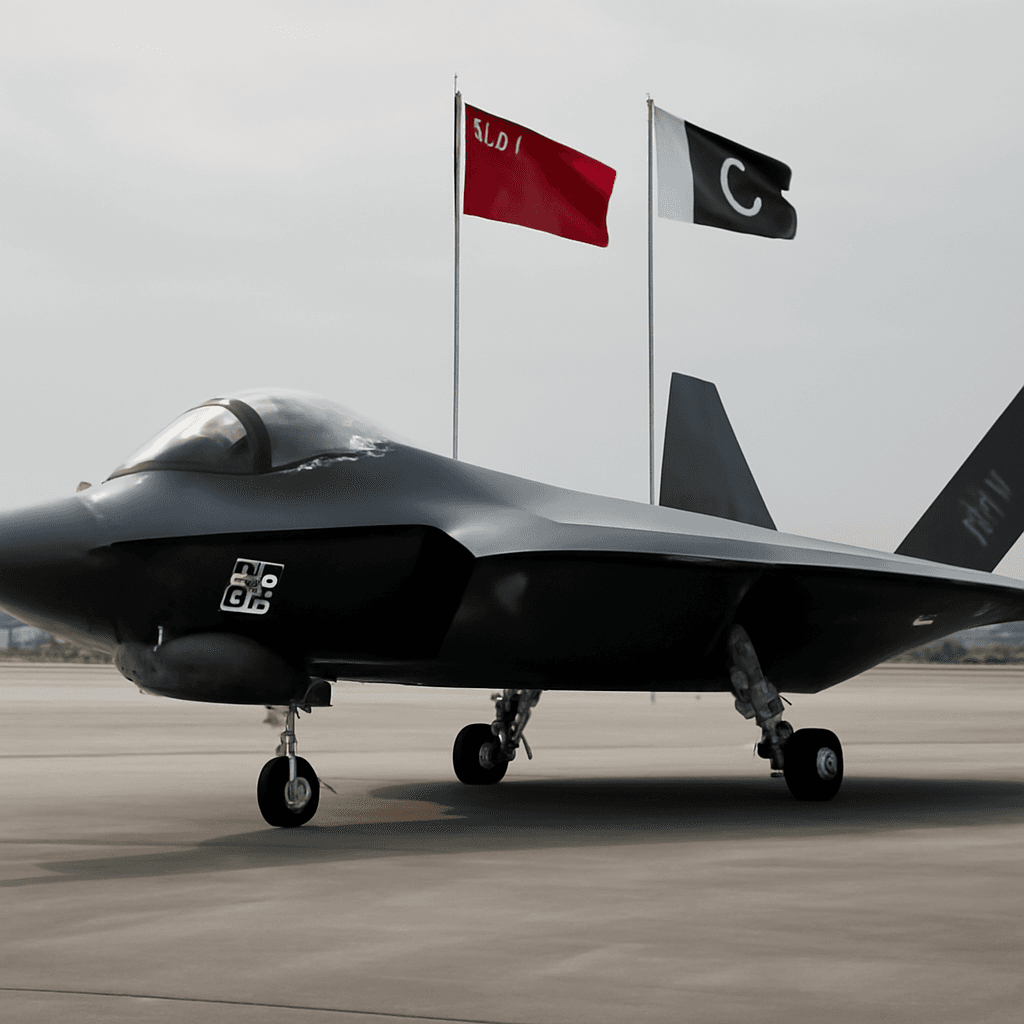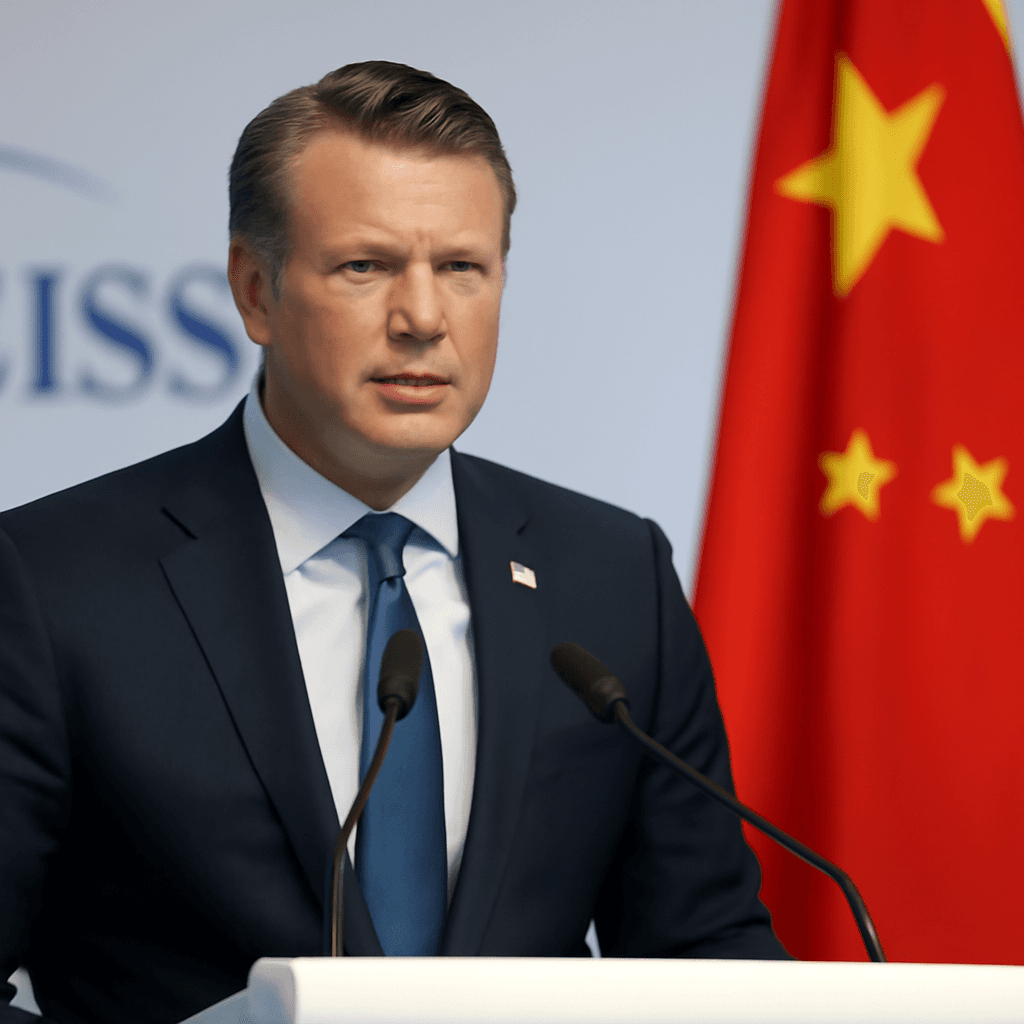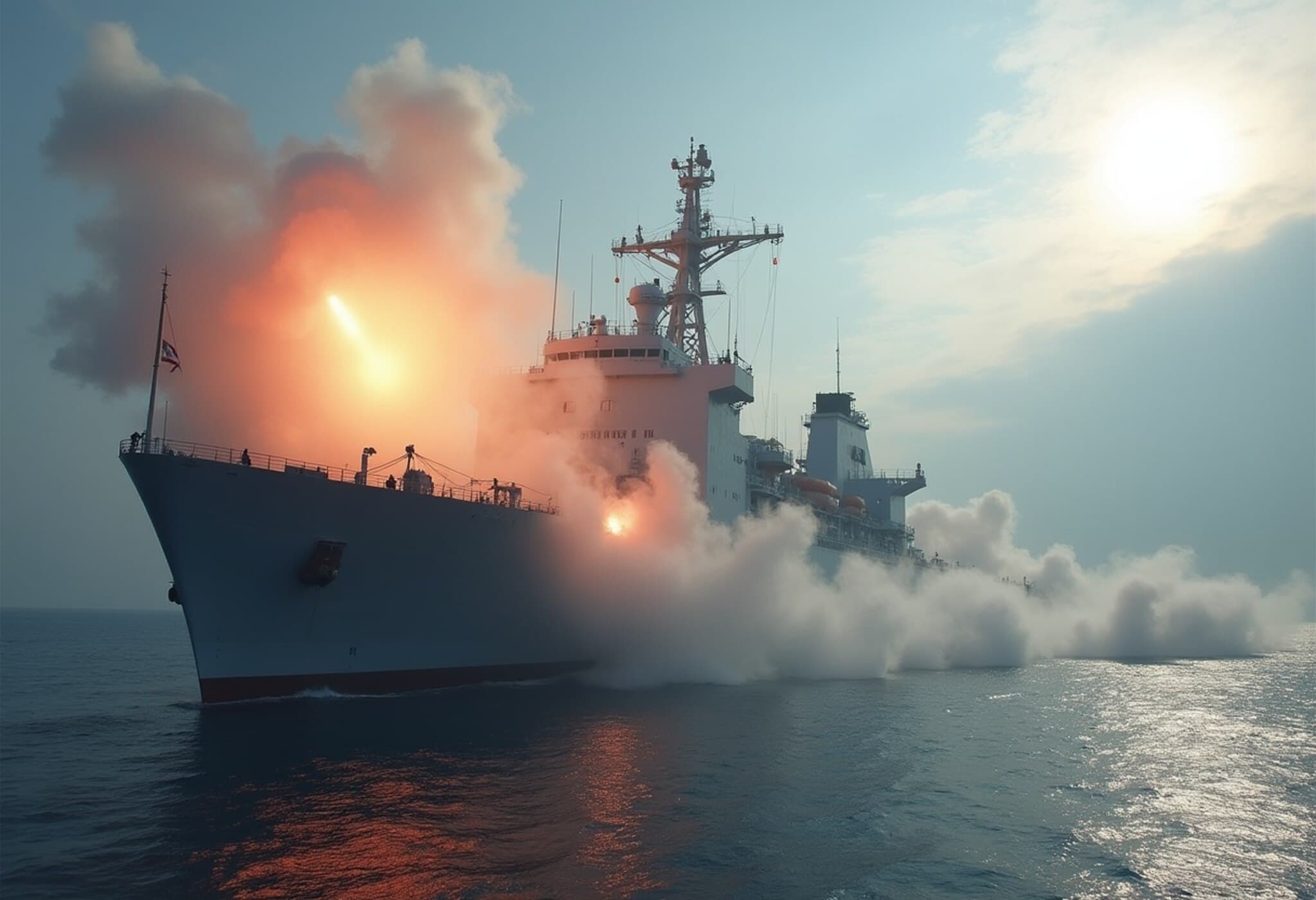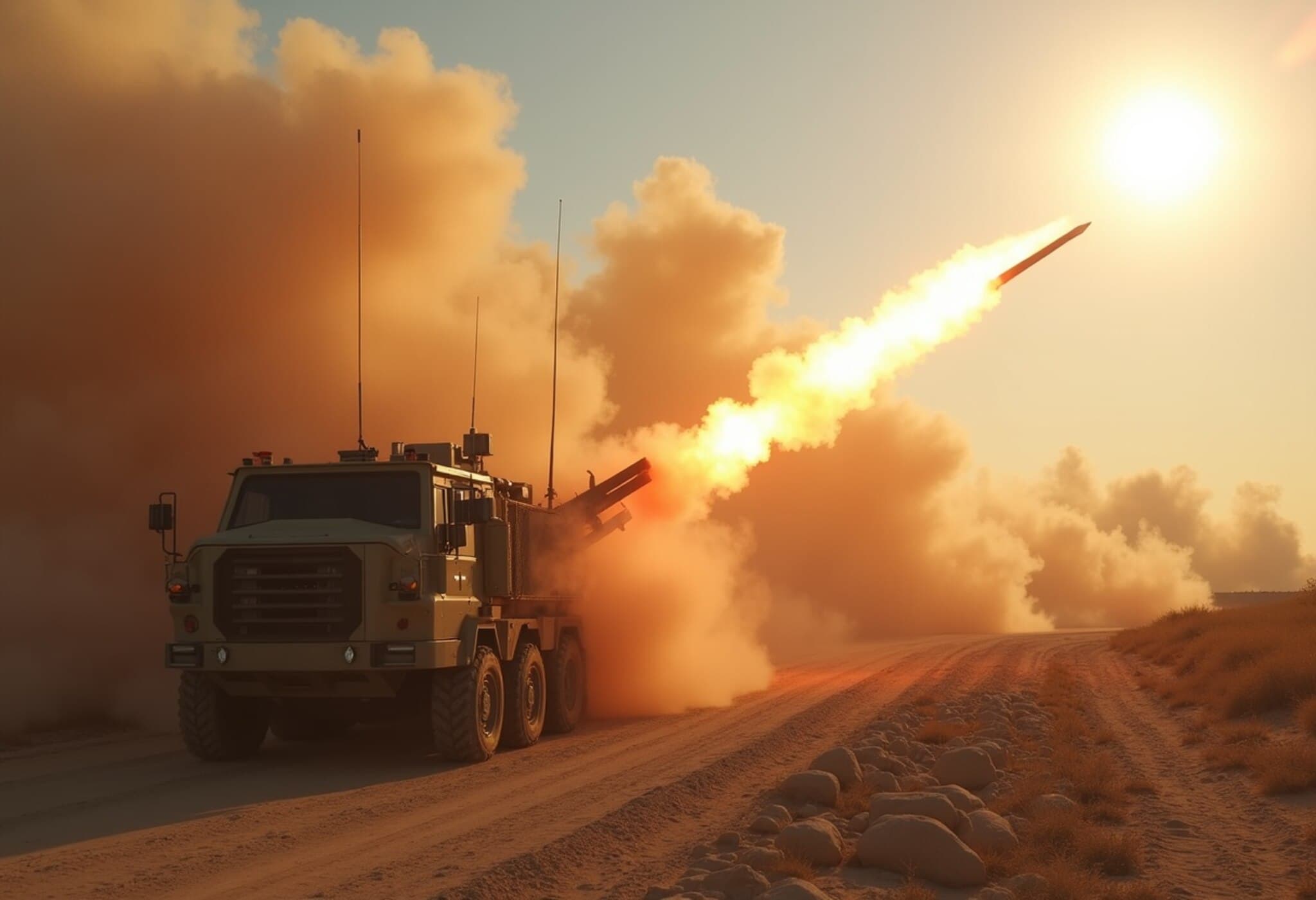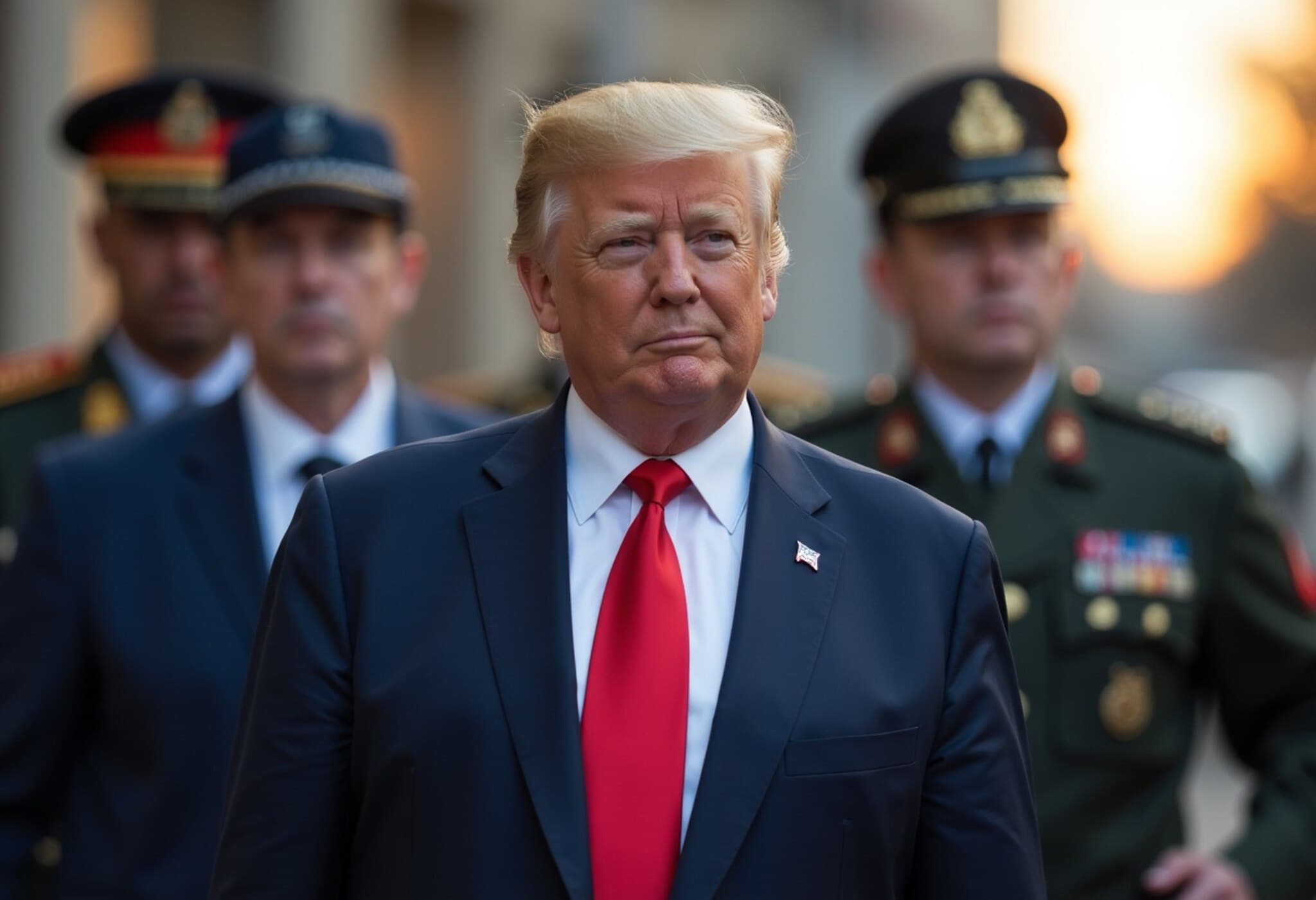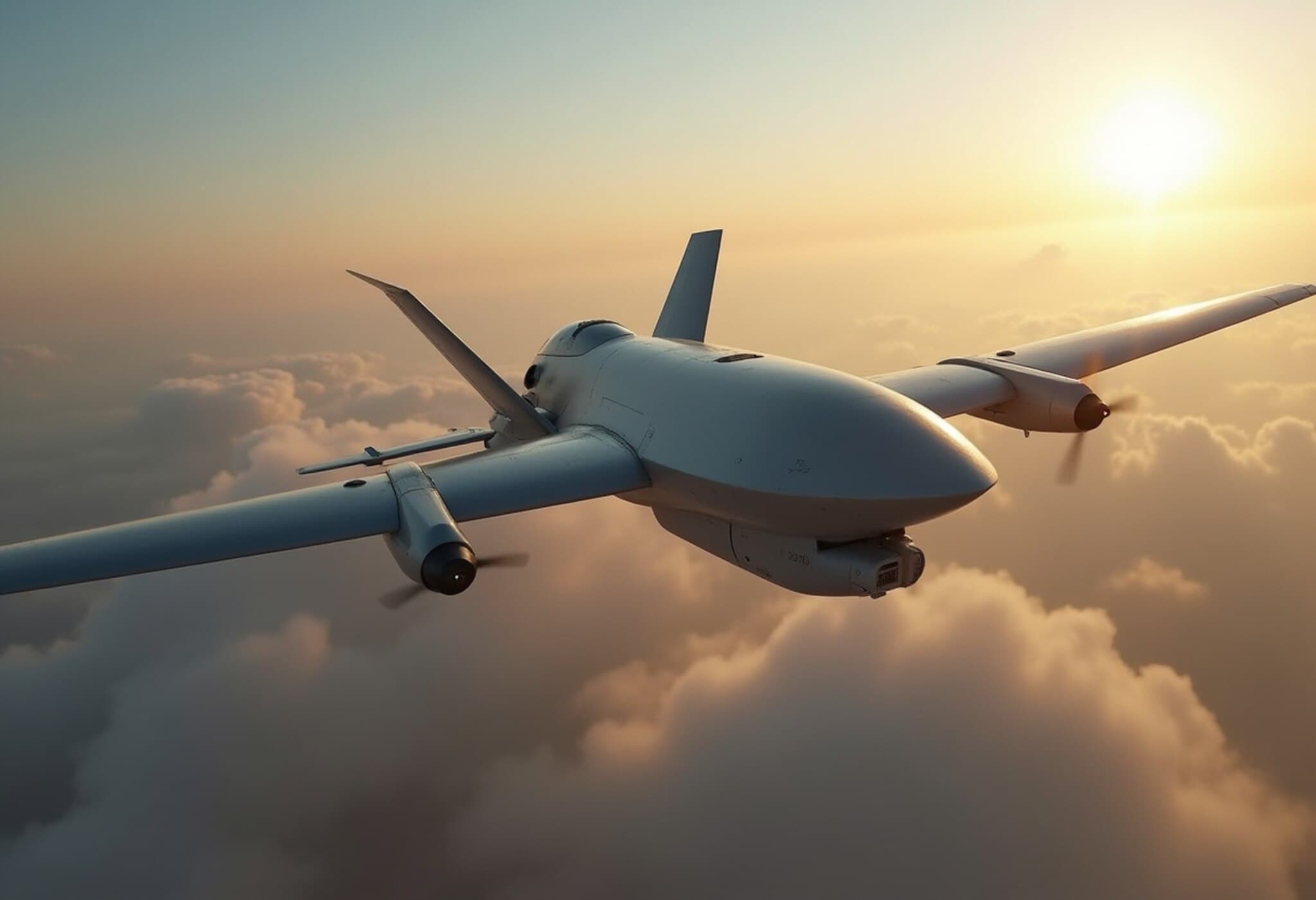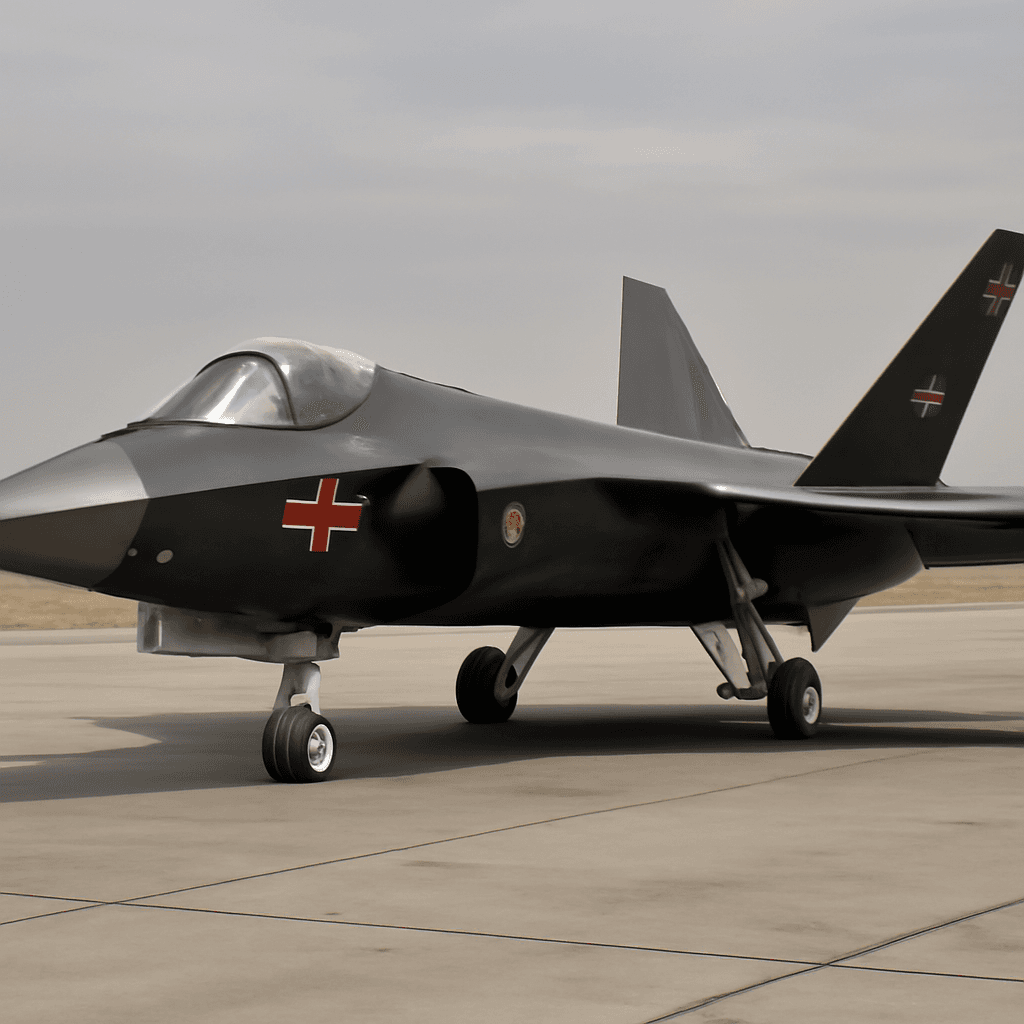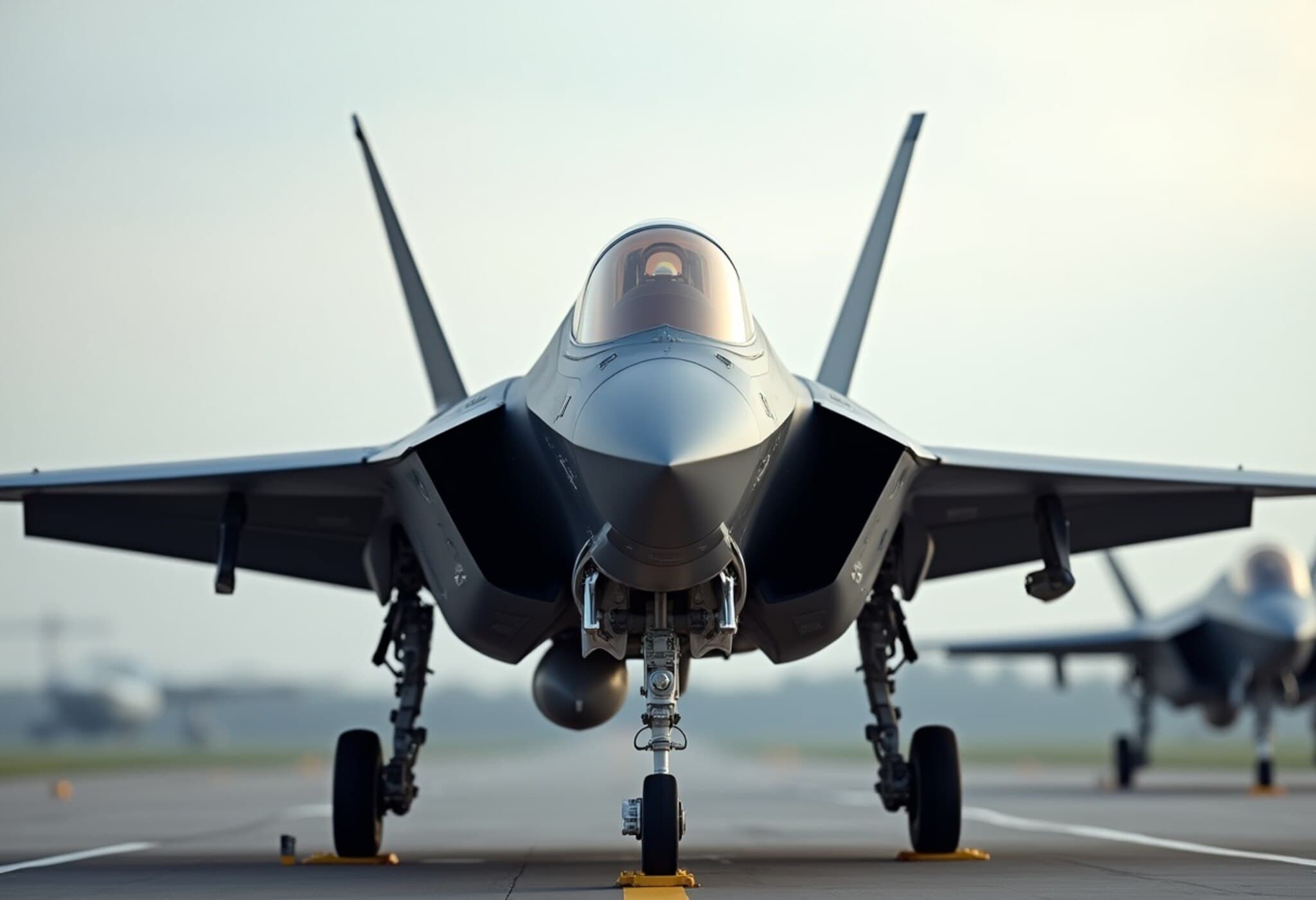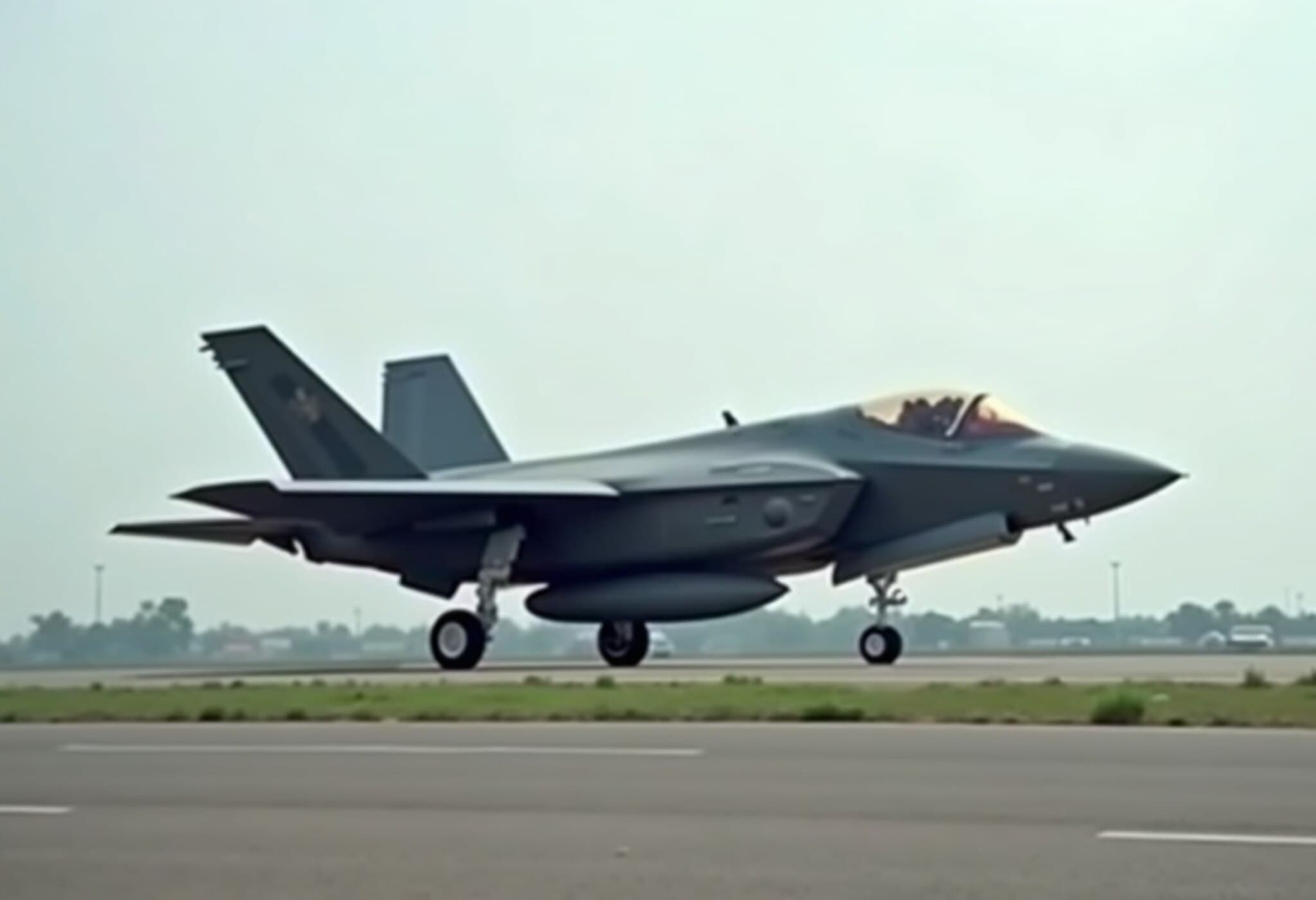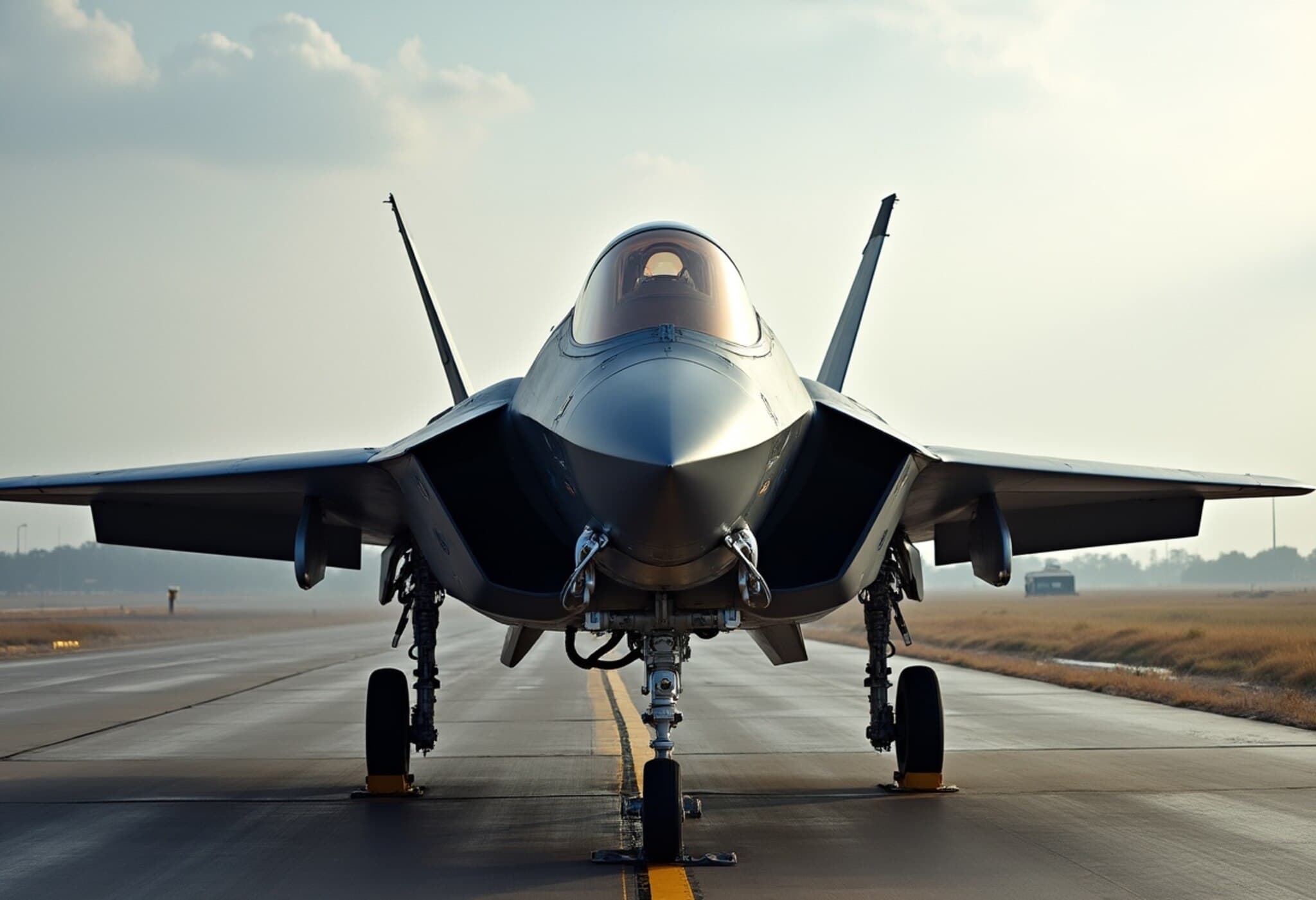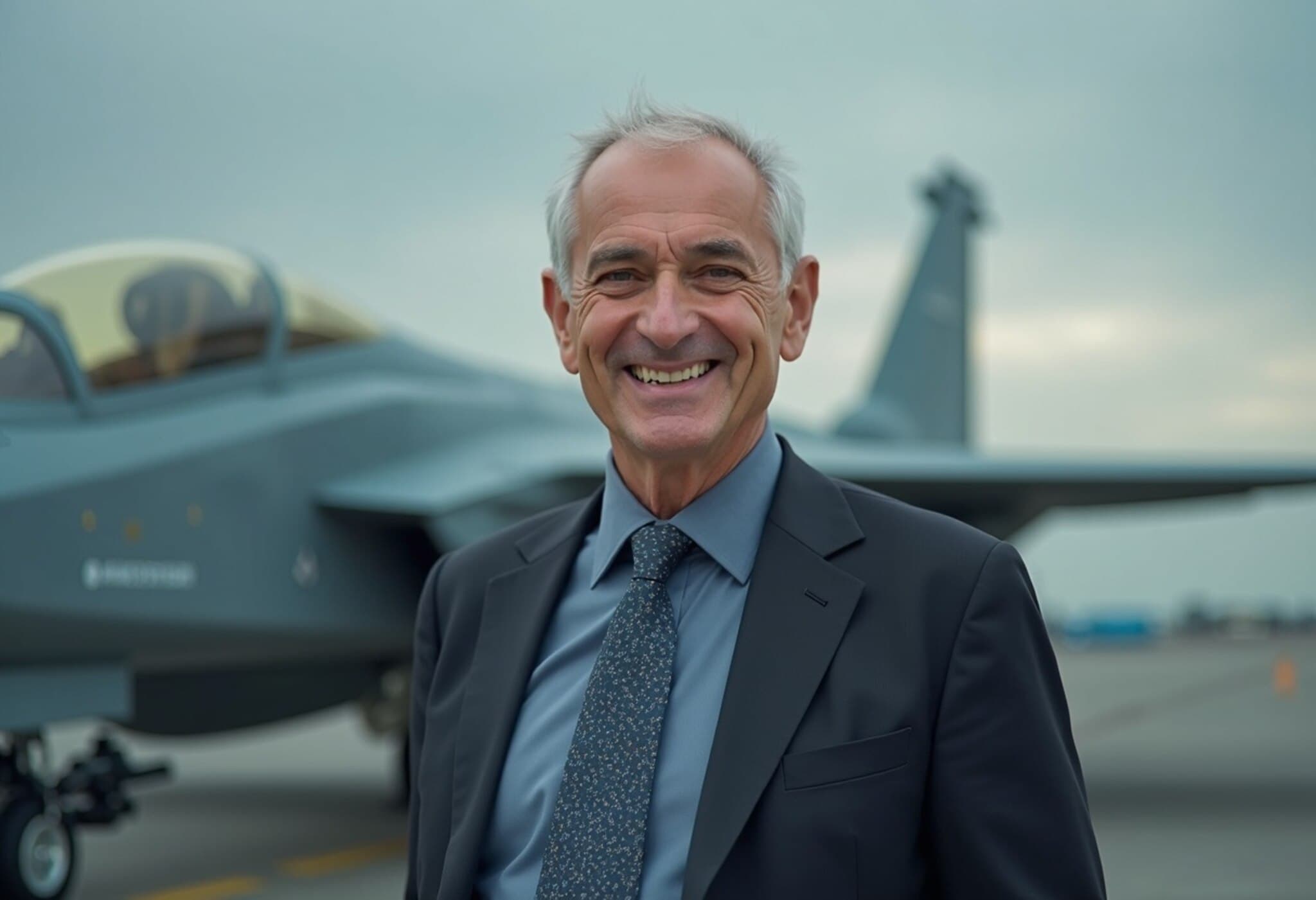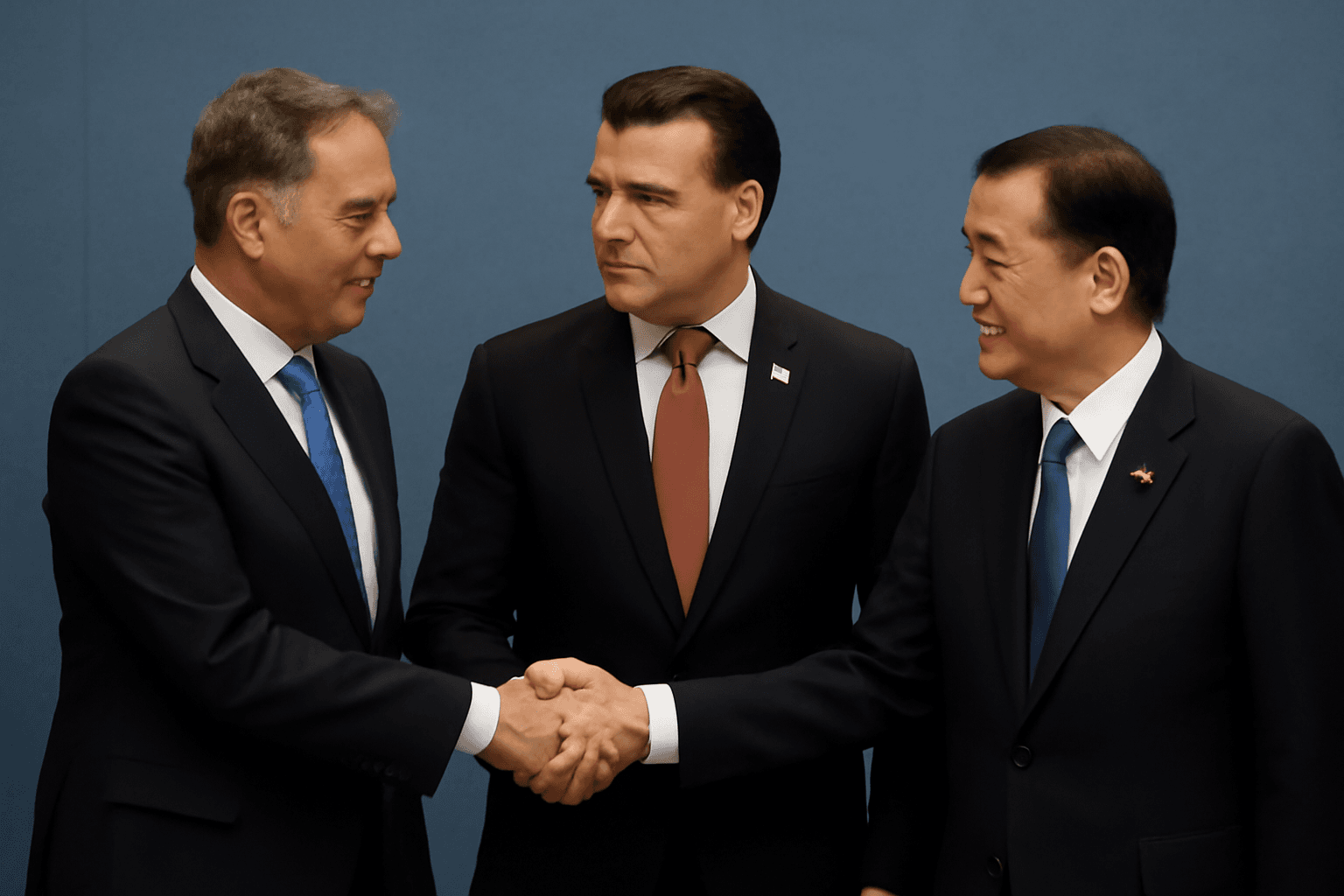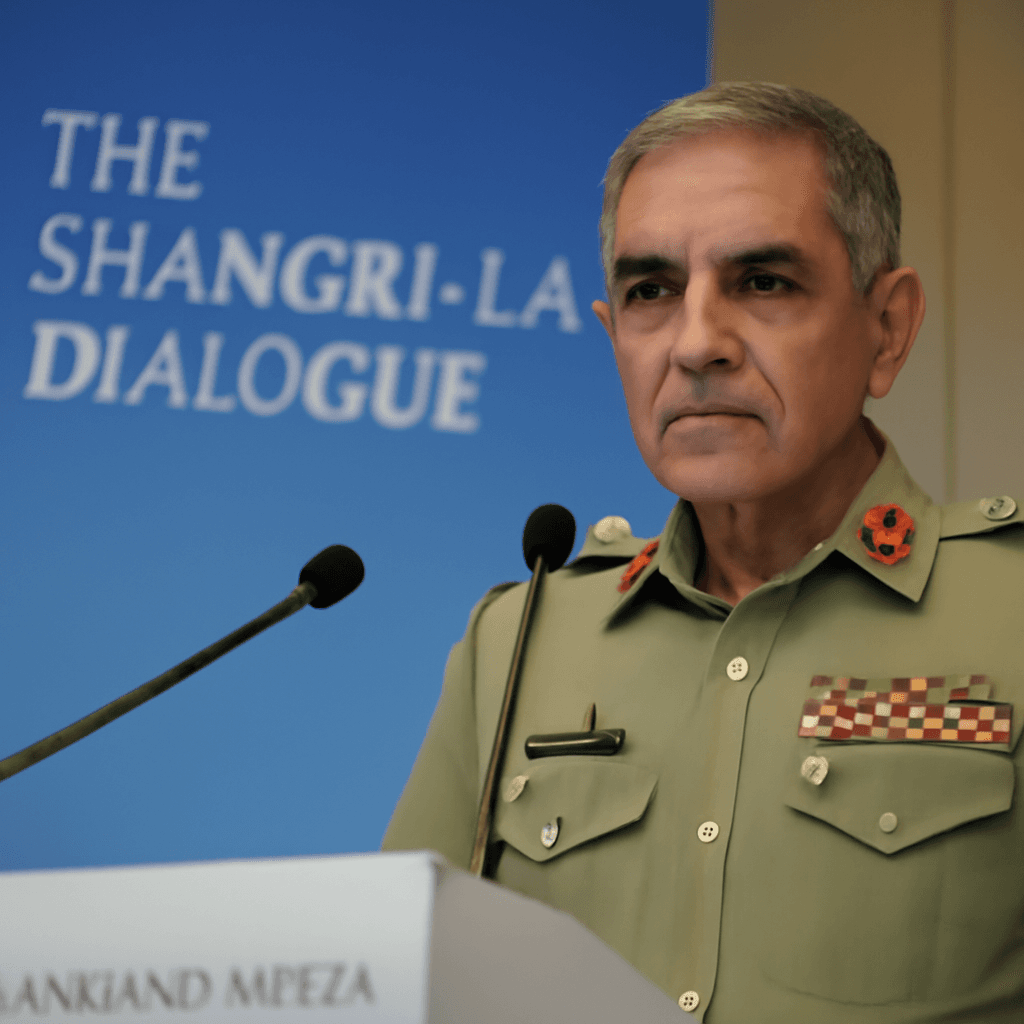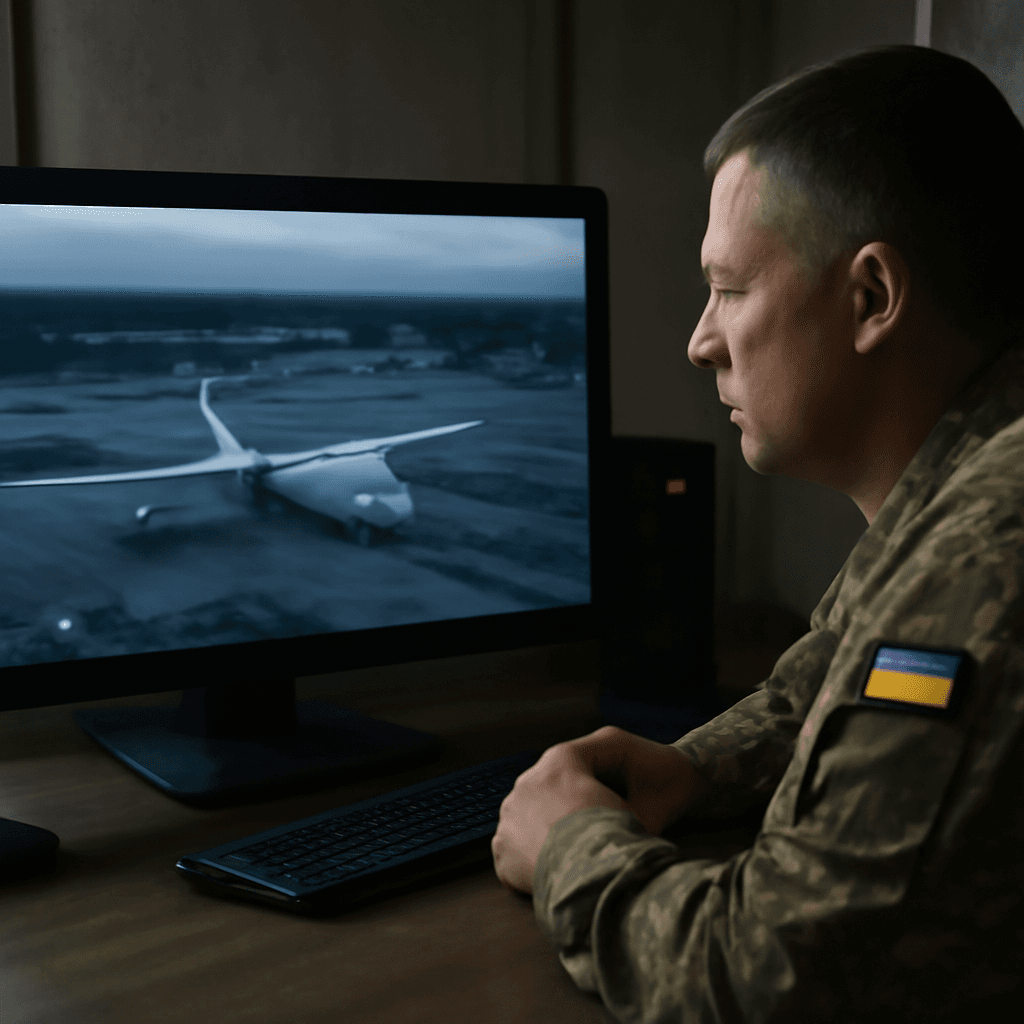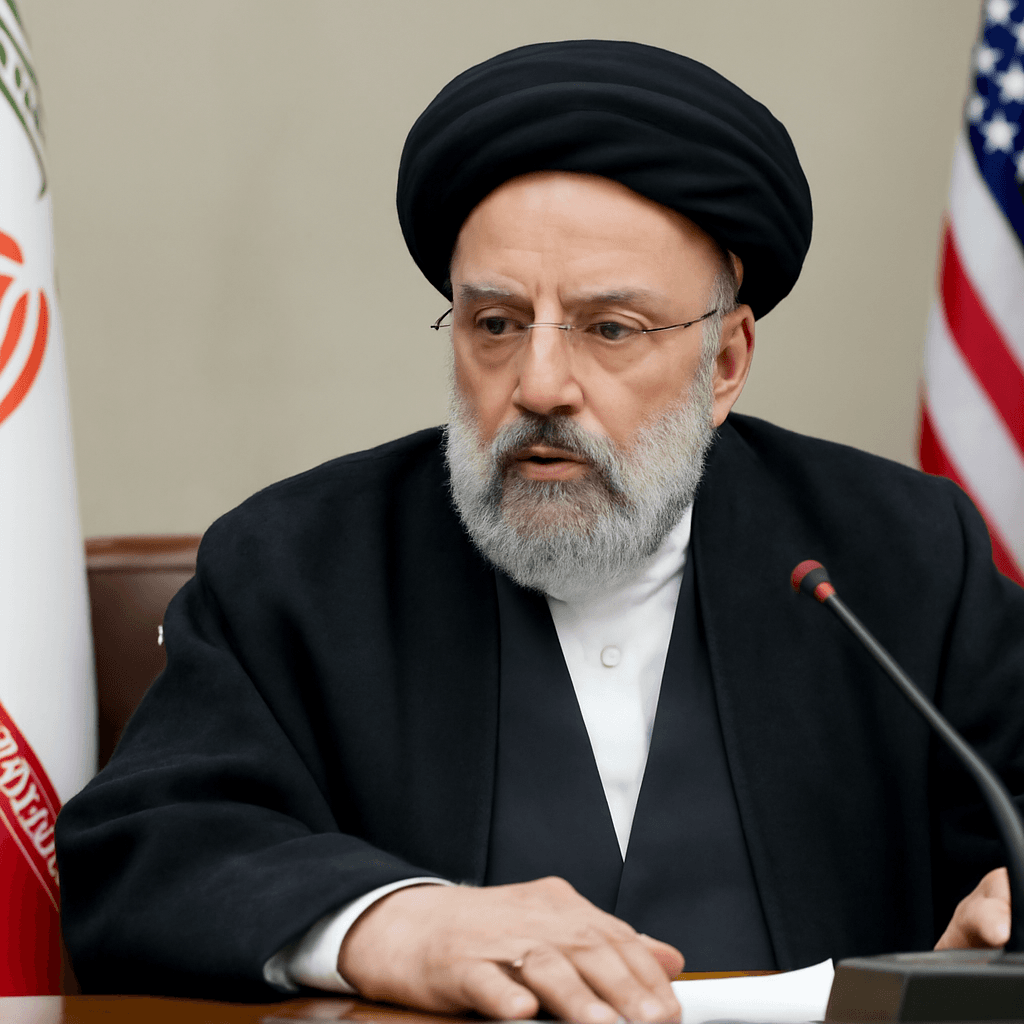Chinese Public Questions Deal to Supply J-35 Jets to Pakistan
China's decision to expedite the delivery of 30 J-35A stealth fighter jets to Pakistan at half their typical cost has sparked a wave of criticism among Chinese netizens. Many describe the move as both financially unwise and strategically risky, especially given that the J-35A, also known as the FC-31, remains in testing and has not yet been inducted into China’s own military forces.
Controversy Over Aircraft Readiness and Pakistan’s Financial Capacity
The deal, which represents China’s first export of a fifth-generation combat aircraft, is set to begin deliveries as soon as August 2025. However, several online commentators have expressed doubts about Pakistan's ability to manage such high-end military hardware, famously pointing out unsettled payments for prior acquisitions like the J-10C jets.
One user voiced skepticism: "How can Pakistan afford it when it hasn't even completed payments for earlier jets?" Another questioned the wisdom of prioritizing a not-yet-mass-produced aircraft for a foreign sale, warning that domestic production has yet to ramp up.
Mixed Reactions and Financial Concerns
- A user bluntly dismissed the deal with a single expletive.
- Another cryptically hinted at possible inflation or copious money printing to fund the project.
Timing Fuels Speculation Amid Regional Tensions
The announcement coincided closely with a terror attack in India-administered Kashmir’s Pahalgam, stirring considerable speculation that China may be bolstering Pakistan's military during escalating cross-border conflict. Indian analysts view this as a provocative move, while within China, citizens wonder if the government is subsidizing a military partner with questionable financial standing.
Some voices advocate for directing funds toward China’s own industrial and infrastructure development rather than foreign arms sales.
Is the J-35 a Proven Fighter or an Experimental Gamble?
Despite ambitions to rival American fighters like the F-35, the J-35 has yet to demonstrate operational combat readiness. Concerns linger that the jets might be sold as a "concept" more than a finished, battle-ready product.
This isn’t China’s first attempt to export new fighter technology. The earlier J-10CE, also supplied to Pakistan, was touted as combat-tested after unrest in Kashmir, although these claims lack independent verification and have drawn skepticism from international experts.
Attempts to market the J-10CE beyond Pakistan have faltered, partly due to reliance on aging Russian engines, such as the RD-93 and AL-31, which face geopolitical and supply chain uncertainties.
Training Underway but Official Confirmation Still Pending
Reports indicate Pakistani pilots have begun training in China to operate the J-35, yet the Chinese government has not officially addressed the controversy nor validated details of the ongoing sale.
As regional powers watch closely, questions mount over who truly benefits from China’s bold jet export strategy. While China may present the move as an effort to expand regional influence, many see it instead as a precarious bet, risking taxpayer money on unproven technology sold to a nation with dubious financial reliability.

